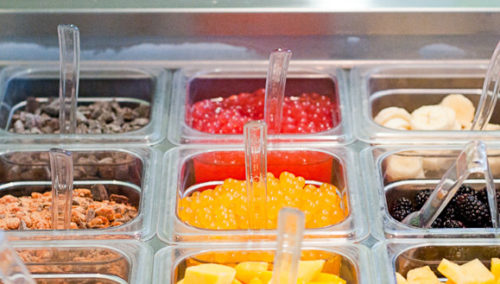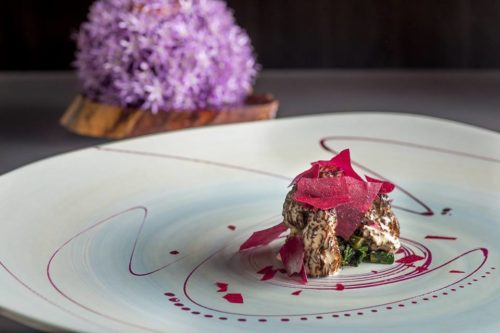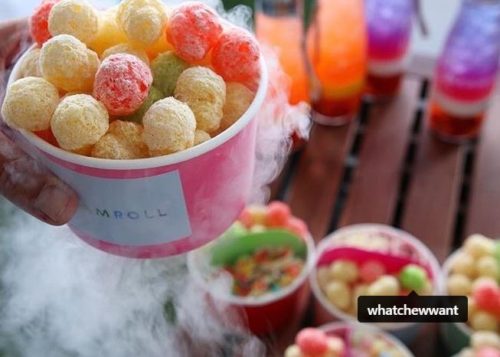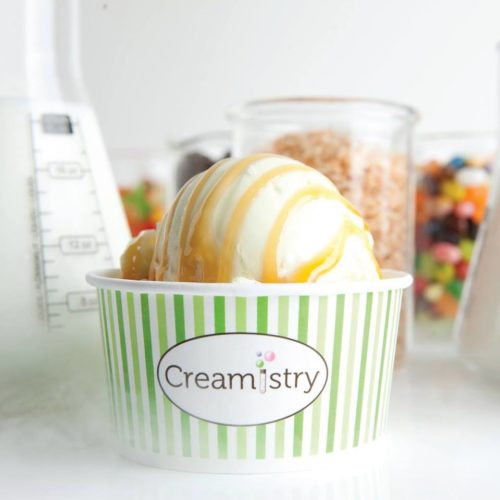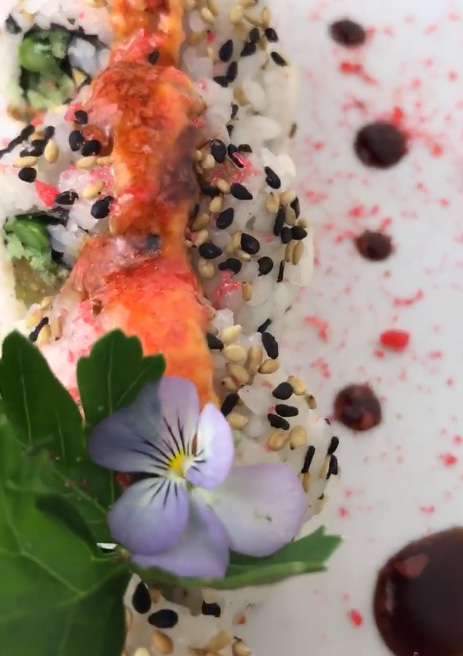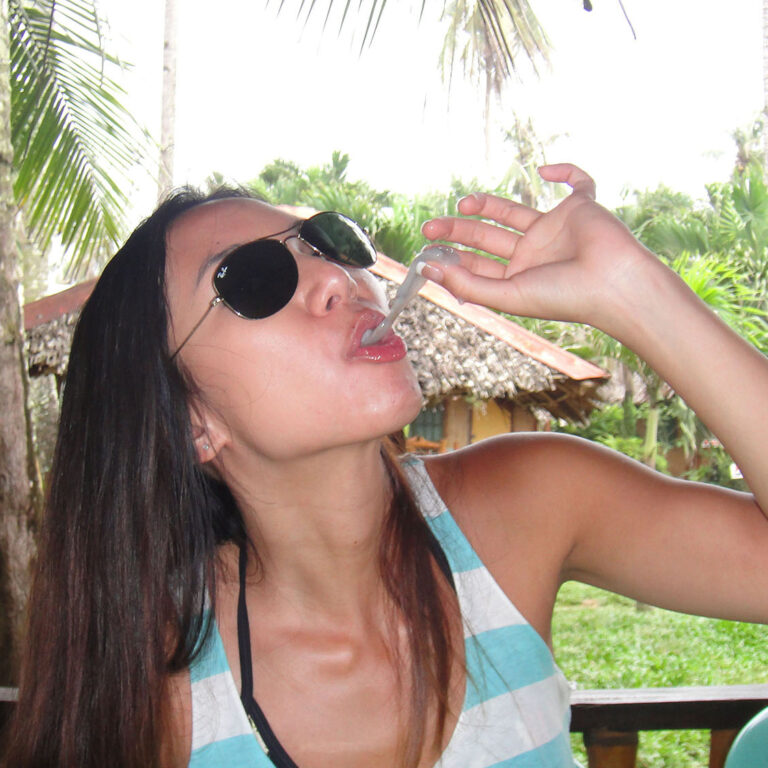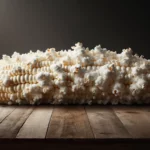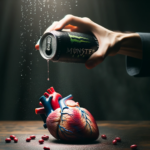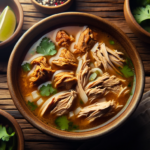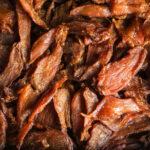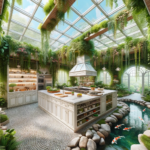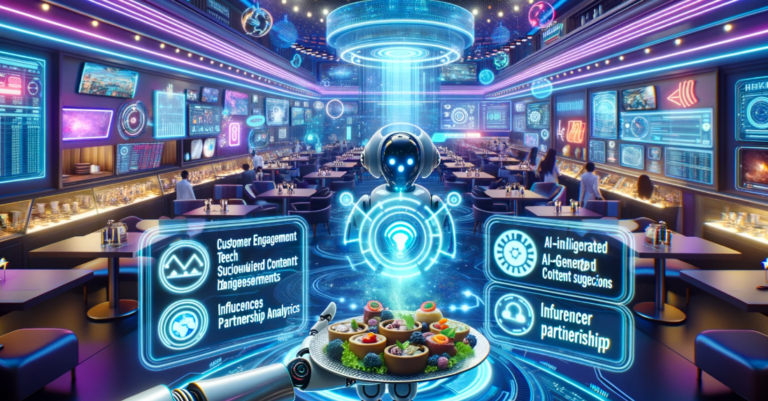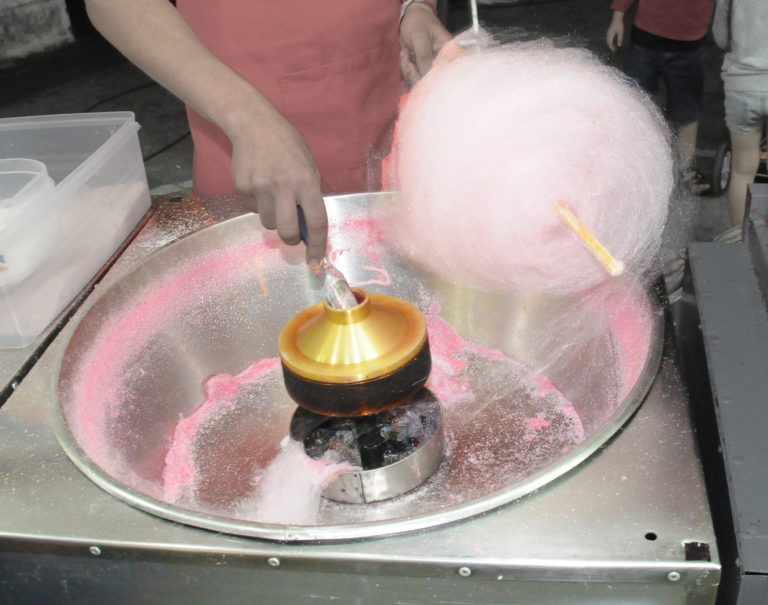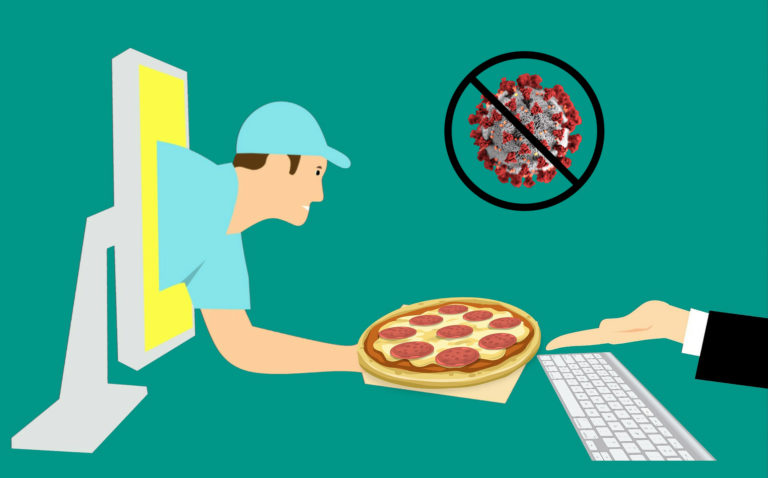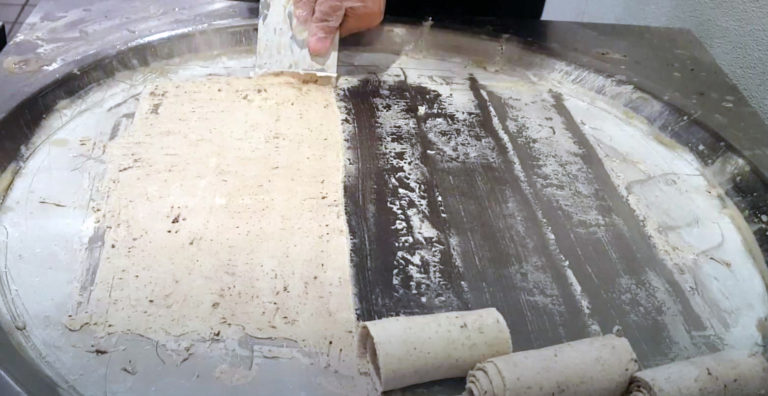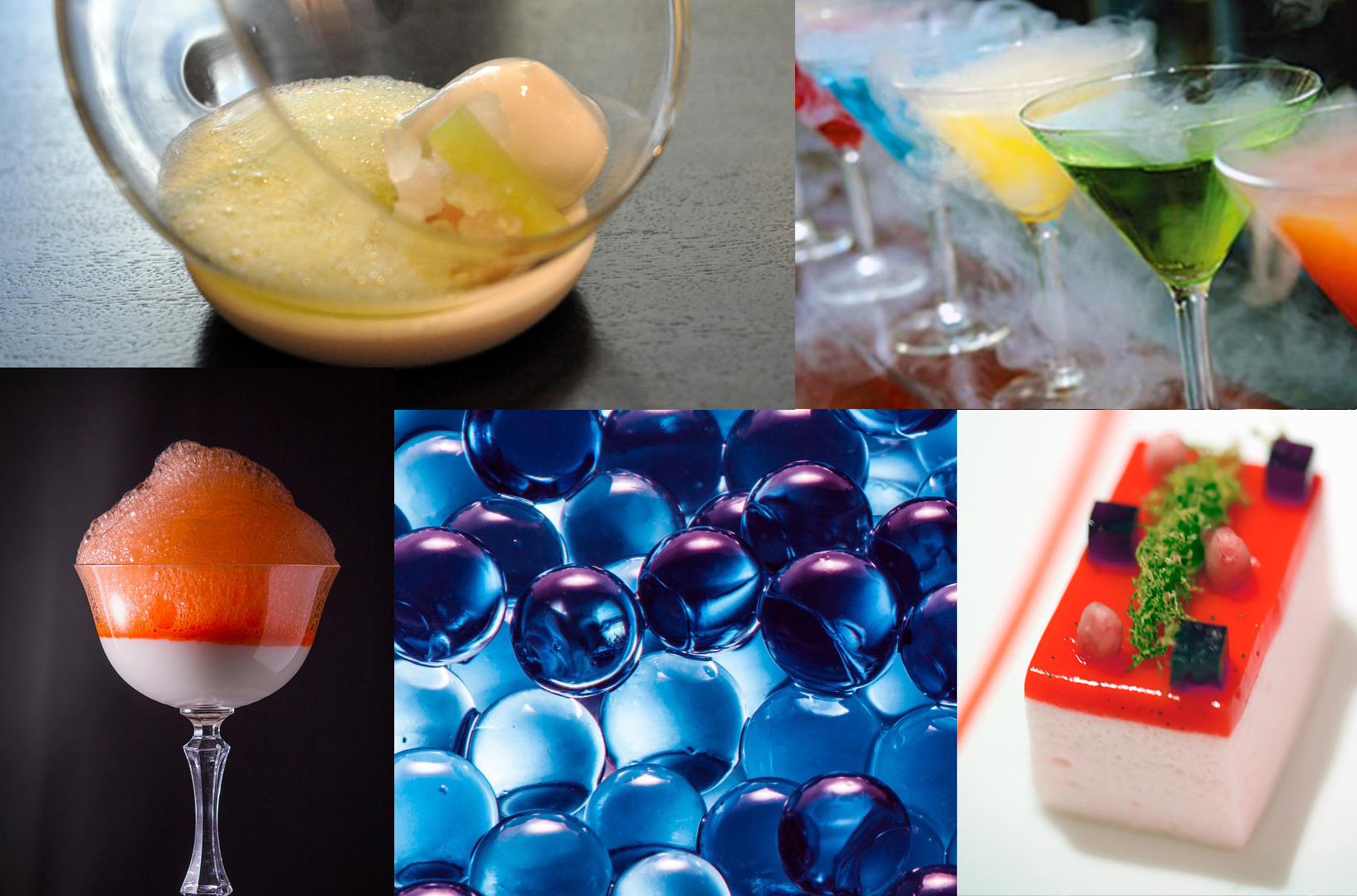
Where Can I Get It? | How Can I Make It?
What is molecular gastronomy?
Molecular gastronomy is a modern style of cooking that takes social, artistic and technical elements into account. Although formally defined in 1988, “molecular gastronomy” goes by many names (e.g. modernist cuisine, progressive cuisine, multi-sensory cooking and experimental cuisine) to avoid sounding too pretentious. This avant-garde form of cuisine takes a scientific approach to cooking and results in creative food innovations meant to surprise and delight the senses. Ever have a spoonful of apple-flavored foam, or bite into transparent ravioli? These are just a couple foods made possible with this science-based method. Some of the more popular techniques of molecular gastronomy use:
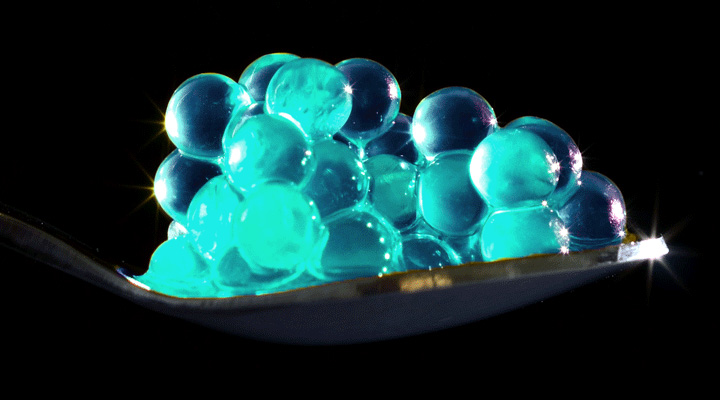
- liquid nitrogen (e.g. dragon’s breath) or dry ice (e.g. Vegas bowl)
- carbon dioxide bubbles (think Pop Rocks)
- foams (to add light textures or flavor without density; e.g. cloud eggs)
- gels (to add flavor and visual accents)
- spherification (to make liquid-filled spheres/pearls/caviar)
- syringes (to inject foods with unexpected flavors)
- edible papers and inks (Edible menus anyone?)
- anti-griddles (to flash freeze food)
Where can I get it?
Back in the 1990s to early 2000s, dishes made in this futuristic manner could only be found in the most expensive, high-end restaurants in the world. The global financial crisis in the late aughts (’00s) contributed to the closure of many of these restaurants. While some of these establishments still exist, certain forms of this “mad scientist” way of cooking have been re-invigorated into more accessible types of food like liquid nitrogen ice cream and pearls to top your frozen yogurt. Here are several places throughout the country where you can experience the magic of molecular gastronomy for yourself.
nationwide (U.S.): “popping boba” toppings at Yogurtland
Chicago, IL: pretty much everything at Alinea
Fountain Valley, CA (Orange County):
dragon’s breath at Icy Cream Roll
nationwide (U.S.): liquid nitrogen ice cream at Creamistry
Porland, OR: “Pop Rocks Roll” at Sushi Mazi
Washington D.C.: everything at Minibar
& liquid nitrogen cocktails at Barmini
How can I make it?
Although it can seem intimidating, it is possible to make your own meals using molecular gastronomy techniques. Even if you’re a complete novice, all it takes to get started is this molecular gastronomy kit and some experimentation. Have fun!

